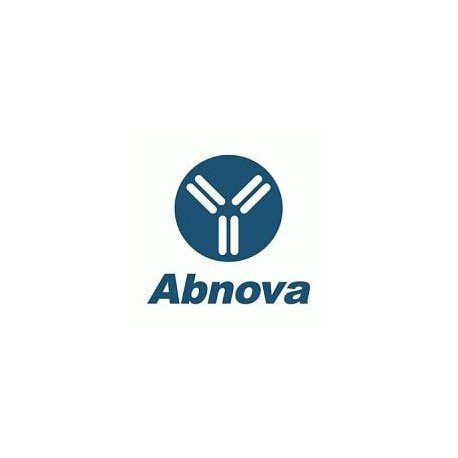Cart 0 Product Products (empty)
No products
To be determined Shipping
0,00 € Total
Prices are tax excluded
Product successfully added to your shopping cart
Quantity
Total
There are 0 items in your cart. There is 1 item in your cart.
Total products (tax excl.)
Total shipping (tax excl.) To be determined
Total (tax excl.)
Data sheet of swi6 polyclonal antibody
| Brand | Abnova |
| Product type | Primary antibodies |
| Reactivity | S. pombe |
| Host species | Rabbit |
| Applications | IP,ELISA,WB-Re |
More info about swi6 polyclonal antibody
| Brand: | Abnova |
| Reference: | PAB11378 |
| Product name: | swi6 polyclonal antibody |
| Product description: | Rabbit polyclonal antibody raised against synthetic peptide of swi6. |
| Gene id: | 2541633 |
| Gene name: | swi6 |
| Gene alias: | SPAC824.10c |
| Gene description: | chromodomain protein Swi6 |
| Immunogen: | A synthetic peptide corresponding to amino acids 314-328 of Schizosaccharomyces pombe swi6. |
| Protein accession: | P40381;NP_593449 |
| Form: | Liquid |
| Recommend dilutions: | ELISA (1:5000-1:30000) Western Blot (1:500-1:3000) The optimal working dilution should be determined by the end user. |
| Storage buffer: | In 20 mM KH2PO4, 150 mM NaCl, pH 7.2 (0.01% sodium azide) |
| Storage instruction: | Store at 4°C. For long term storage store at -20°C. Aliquot to avoid repeated freezing and thawing. |
| Quality control testing: | Antibody Reactive Against Synthetic Peptide. |
| Note: | This product contains sodium azide: a POISONOUS AND HAZARDOUS SUBSTANCE which should be handled by trained staff only. |
| Product type: | Primary antibodies |
| Host species: | Rabbit |
| Antigen species / target species: | S. pombe |
| Reactivity: | S. pombe |
| Application image: |  |
| Application image note: | Western blot analysis is shown using swi6 polyclonal antibody (Cat # PAB11378) to detect endogenous protein present in S.pombe lysate (arrowhead). Comparison to a molecular weight marker (not shown) indicatesa band of ~43 KDa corresponding to S.pombe Swi6 protein. Approx. ~35 ug of lysate was loaded per lane onto a 4-20% gradient gel for SDS-PAGE followed by transfer to 0.45 um nitrocellulose. The blot was incubated with a 1:1,700 dilution of the antibody at room temperature for 2 hrs. |
| Applications: | IP,ELISA,WB-Re |
| Shipping condition: | Dry Ice |
| Publications: | Switching gene swi6, involved in repression of silent mating-type loci in fission yeast, encodes a homologue of chromatin-associated proteins from Drosophila and mammals.Lorentz A, Ostermann K, Fleck O, Schmidt H. Gene. 1994 May 27;143(1):139-43. |


